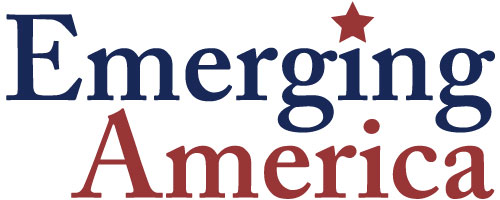ESL examples: Daily Life in Colonial Massachusetts through Primary Sources (3rd Grade)
Time Out – Spotlight Offensive Language in Primary Sources
Every unit of the Reform to Equal Rights: K-12 Disability History Curriculum includes an introduction to the topic of disability, including strategies to address disrespectful vocabulary.
Language-aware lesson example: Colonial Daily Life (3rd Grade)
Explore primary sources to learn about daily life in Colonial Massachusetts.
Students will practice with posing questions about primary source documents and then analyzing the resources to learn more about life in Colonial Massachusetts. Students will summarize their learning in the final lesson.
What was everyday life like for people who lived near the ocean in Massachusetts 250 years ago?
What can a newspaper tell us about the lives of men, women, and children in 1767 Massachusetts?
Focus skills include:
What is our value? A look at undervalued people
Zoom-In Visual Inquiry Activity
Wendy Harris, a teacher at Metro Deaf School in St.
Immigrant Stories: Why we came, and what we brought with us
Distance Check-in
Teachers strive to engage all learners. A 'best practice' is to create multiple ways for students to communicate what they need, and multiple ways to check in to see how students are learning. Simple online survey tools can provide an avenue for students to communicate how they are doing.
Disability History Primary Source Set
Disability History: From Almshouses to Civil Rights
UPDATED IN 2020. The following primary source set, created using materials from the Library of Congress, contains an array of sources focused on Disability History in the United States. Disability has been interwoven into America’s history since the country’s inception through letters, images, newspapers, diaries and other primary sources. The set provides a comprehensive look into a wide range of Library of Congress resources.
Question Formulation Technique (QFT)
The Question Formulation Technique (QFT) developed by the Right Question Institute is both a simple, practical teaching technique and a philosophy of learning that empowers ALL learners to discover questions for themselves.
